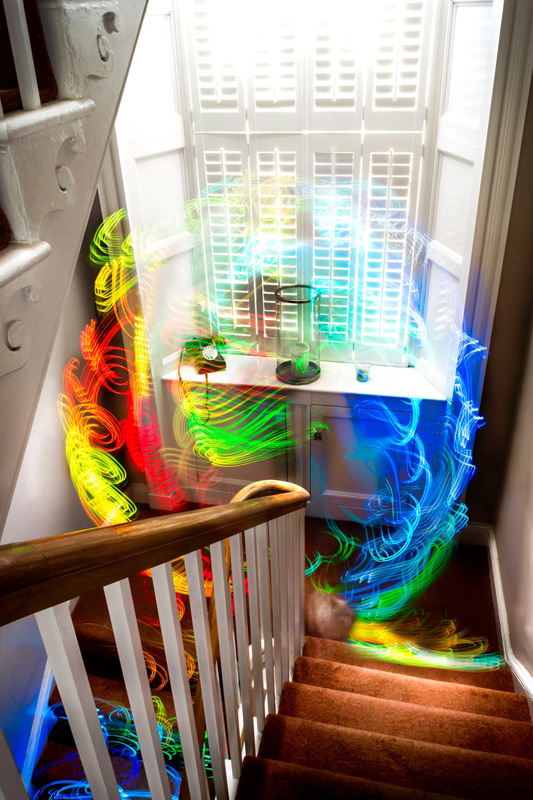Assignment 6
Visit to The Enemy
This is the first time for me to experience a complete virtual reality exhibition. Some of the features shown during this experience did impressed me, but at some points it was still far from a pleasant journey. Below are the pros and cons of the exhibition. pros: 1 This exhibiton is promoting a concept of “Experiential Journalism”, which can provide the audience with “spatial immediacy” and the opportunity to “re-live” the encounters with the combatant.For an exhibition in forms of interviews, the VR technology does help engaging audience’s attention and interest in the content of interview. The combatants are nicely modeled with fine details where you can even see the blood streak in their eyes which are dynamically oriented towards you to add to more reality. This provides better sensing of the context and underlying attitudes, which can not be explicitly conveyed through descriptive texts and too flatly conducted through a 2D screen. 2 After talking with other visitors, one thing I found interesting was that I didn’t encounter with the combatants in the same order with other visitors,also the survey I did before I entered the exhibition hall influence my experience. Later I knew from the textual introduction of the exhibition that a new technology was employed here constantly analyse a visitor’body language and movement to provide unique experience for the visitor.This idea is something more close to the core idea of application of digital technology such as VR, which is to make customization more easily and at lower cost. Cons(questions): 1 Is it really worth the effort to put the entire exhibiton into the form of VR where what you see is no more than a conventional white cubic gallery space, simply putting charactors into 3d model form is not enough to provide fully immersive experience. We can see the effort on this when we get close to the photos on the wall, there are sounds related to the reality reflected by the photo, but since we already use VR here, wouldn’t it be better to reproduce the scene rather than simply playing the sound? 2 Should the interview questions be exactly the same for each combatant? 3 Although it’s said that new technology to collect the bahavior of visitors in the backstage, what exact aspects of experience is customized except for the mere change of order and light and shadows on the ground.
The Poetics of Augmented Space
After reading this article, it is a bit surprising to me that some space that we have commonly seen in daily life are actually forms of augmented space because I never thought in this way before. According to Manovich, the augmented space is never a purely technological term but an architectural one where the social and economical dimensions comes more important than the spatial form. He reinterpreted Michel Foucault’s metaphor of the Panopticon theory and argued that with the development of augmented space, the contemporary version of Panopticon should be an invisible surveillance network because every point of the aumented space can store information. This reminds me of one of the critics about the invasion of big data into people’s privacy, where other people can easily know almost everything about you without really get in touch with you.
Fortunately the reality of augmented space is not continuous but discrete, which is also pointed out by Manovich.This is an interesting fact that may add more dimension for designers to organizing spatial design, or using spatial design to control and filter information flowing in space.(reminds me of a visualization work by Luis Hernan, the visulization of wifi )

Transforming the Art Museum Experience: Gallery One
I think this is a successful example of combining digital technology with museum. What impressed me most is not the exact technology used here but the highly collaborative process during the development and implementation of the whole idea, also the comprehansive research about the behavior of the visitors. Great ways of involving general public into the exhibitions were shown here, but I was expecting more about how to integrate scholars with these interactive technologies which in my opinion a bit too entertaining. Enter text in Markdown. Use the toolbar above, or click the ? button for formatting help.